Description
Sodium bisulphite BS, also known as sodium hydrogen sulfite or bisulfite, is a chemical compound with the formula NaHSO3. It’s a white to pale yellow crystalline powder with a faint sulfurous odor. While it might not be a household name, sodium bisulphite plays a vital role in diverse applications, spanning from food preservation to industrial processes. Let’s delve into its properties, uses, and safety considerations.
Understanding the Chemistry:
At its core, sodium bisulphite is the sodium salt of bisulfite. It’s formed by reacting sulfur dioxide (SO2) with a sodium base, such as sodium hydroxide (NaOH). This reaction is crucial for understanding its behavior and how it interacts with other substances. When dissolved in water, sodium bisulphite releases bisulphite ions (HSO3-), which are responsible for many of its characteristic properties.
Applications Across Industries:
Sodium bisulphite’s versatility stems from its ability to act as a reducing agent, antioxidant, and preservative. Here’s a look at some key applications:
Food and Beverage:
Preservative: Sodium Bisulphite BS is widely used to prevent spoilage and extend the shelf life of various foods. It inhibits microbial growth, particularly in products like dried fruits, canned vegetables, and wine.
Antioxidant: It prevents browning and discoloration caused by oxidation in fruits, vegetables, and fruit juices. This is particularly noticeable in reducing the enzymatic browning of cut potatoes or apples.
Winemaking: It is a crucial compound for controlling microbial growth, especially preventing unwanted bacterial fermentation. It also acts as an antioxidant, protecting wine from oxidation.
Industrial Applications:
Pulp and Paper Industry: Used as a pulping agent and to remove lignin, the compound that gives paper its brown color.
Photography: Plays a role in photographic development as a reducing agent.
Water Treatment: Used to remove chlorine and other disinfectants from water.
Textile Industry: Used as a reducing agent in bleaching and dyeing processes.
Chemical Synthesis: Serves as a building block in the synthesis of various chemical compounds.
Laboratory Applications:
DNA Analysis: Sodium bisulphite is a critical reagent in DNA sequencing, particularly bisulphite conversion, a method that allows for studying DNA methylation patterns.
Medical Applications:
While not a primary medical compound, it can be used in some diagnostic tests as a reducing agent.
Safety and Considerations:
While Sodium Bisulphite BS has numerous benefits, it’s important to acknowledge some safety concerns:
Sulphite Sensitivity: Some individuals are sensitive to sulfites, which can cause allergic reactions, including asthma, skin rashes, and digestive issues. It’s essential for manufacturers to label products containing sodium bisulphite and for individuals to be aware of their sensitivity.
Inhalation: Breathing in sodium bisulphite dust can cause respiratory irritation. Proper ventilation and respiratory protection are necessary when handling it in powder form.
Skin and Eye Contact: Sodium bisulphite can cause irritation to the skin and eyes. Wear appropriate protective gear such as gloves and eye protection when handling.
Ingestion: Ingestion of large amounts can be harmful. It is intended for specific uses, not for direct consumption in its pure form.
Conclusion:
Sodium bisulphite is a versatile and important chemical compound that plays a significant role across various industries. From food preservation to industrial processes, its unique properties make it a valuable tool. However, it is crucial to be aware of potential safety considerations, particularly regarding sulphite sensitivity. By understanding its properties, applications, and safety aspects, we can utilize Sodium Bisulphite BS responsibly and effectively. As research advances, we will likely see it continue to play an essential role in various facets of our lives.

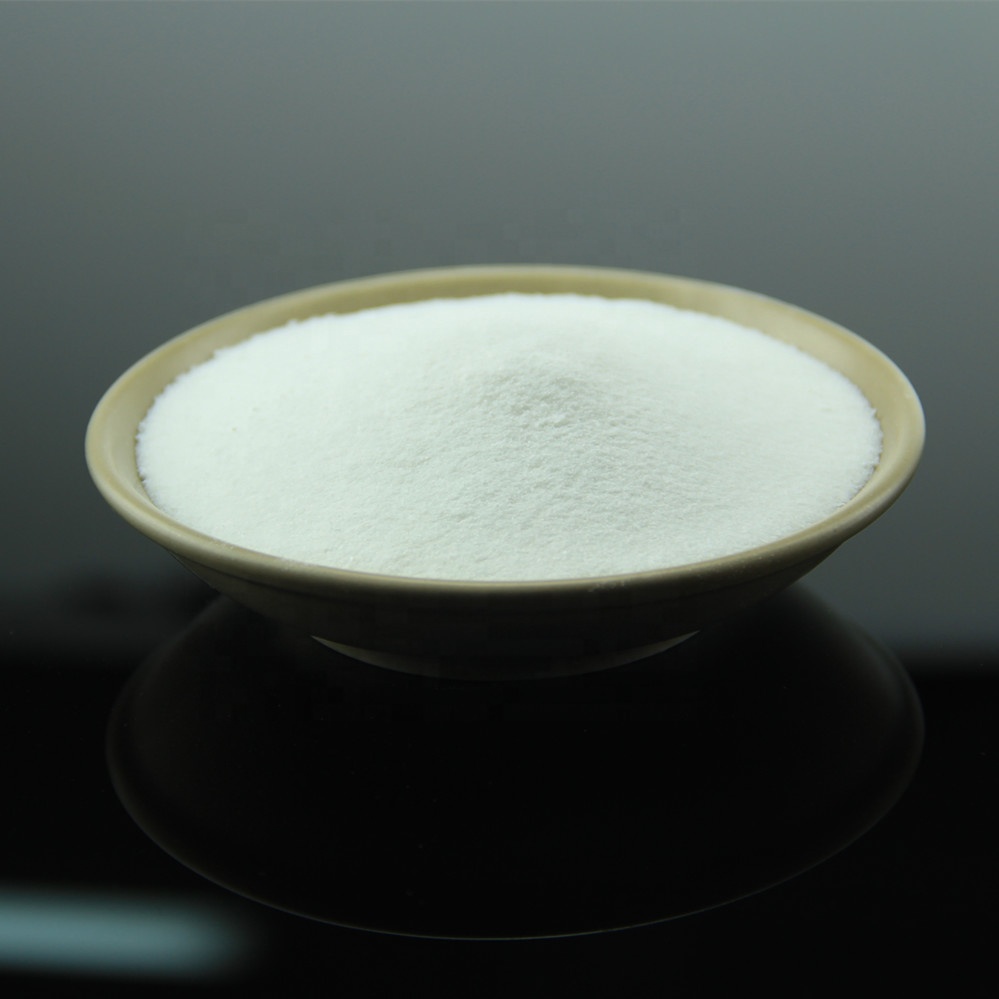

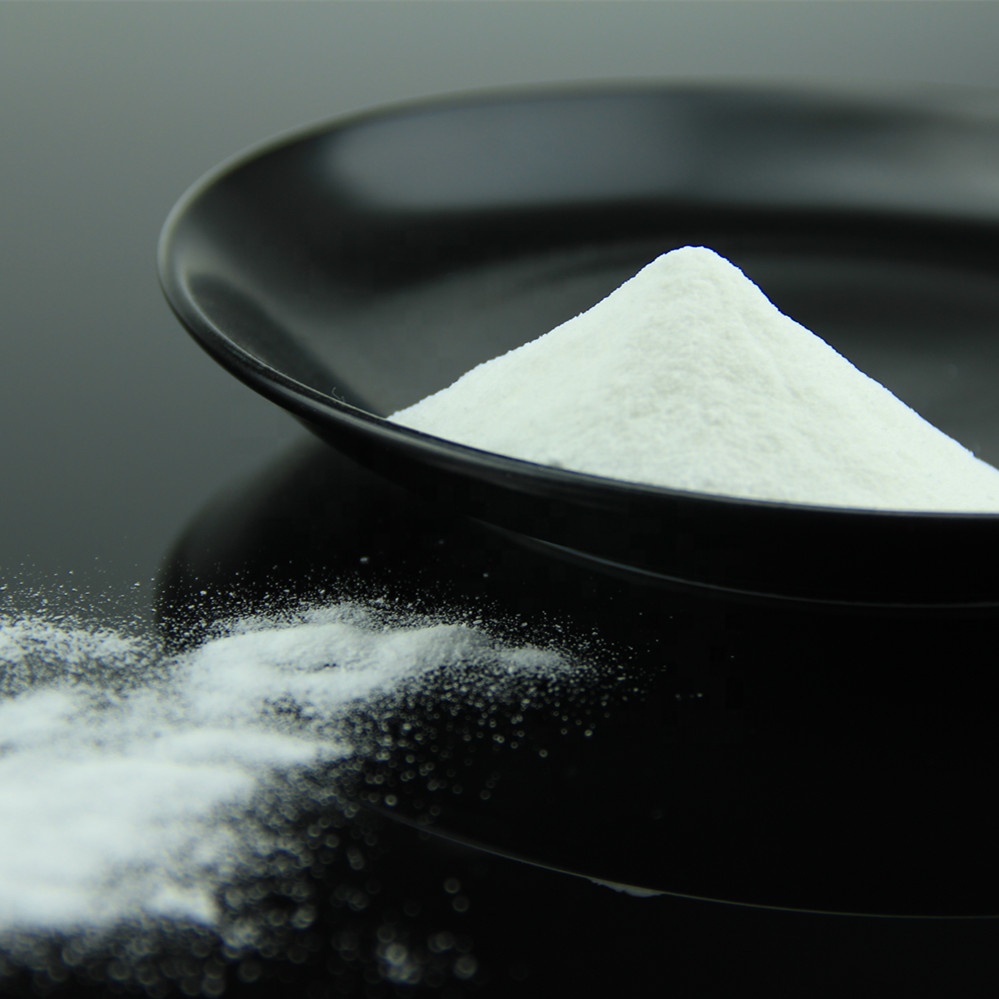




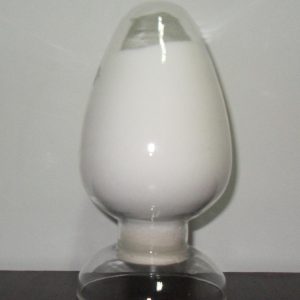
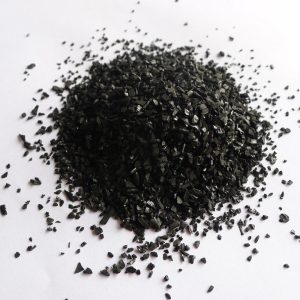
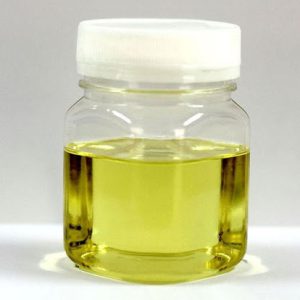

Reviews
There are no reviews yet.